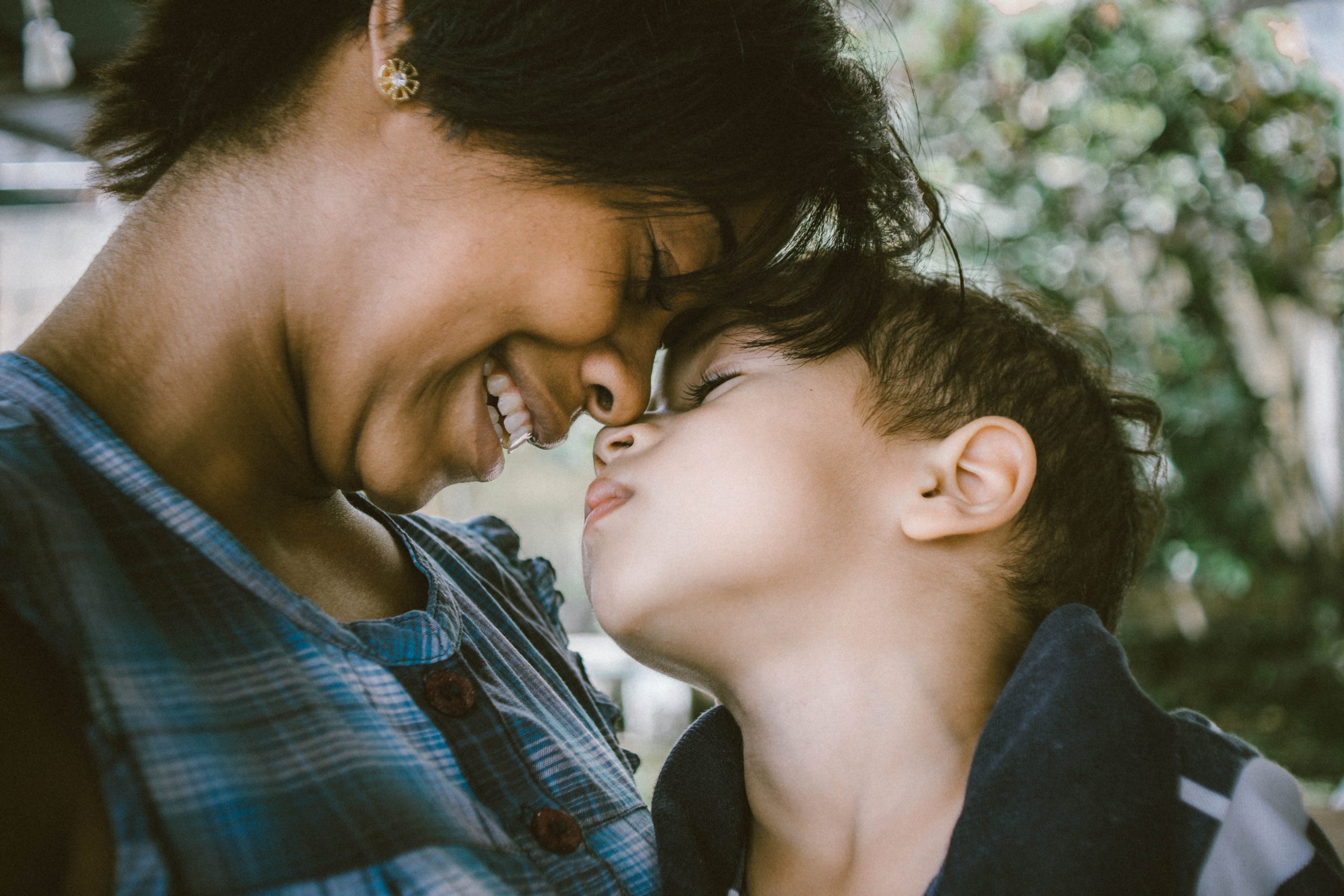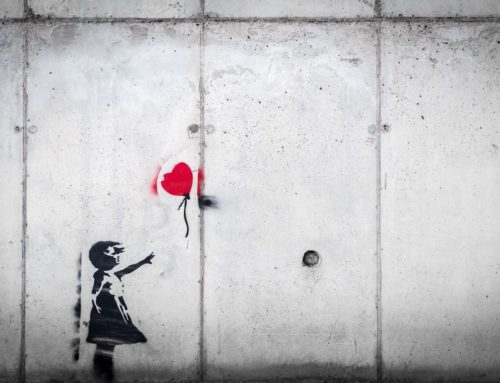Building the Bond: Serve & Return
When you hear “bond with your child,” most parents think of doing an activity with their children like going to the park or arts and crafts. Bonding is deeper than that. The concept of “serve and return” plays a large part in child development and is the building block of the parent-child relationship.
Although a great portion of brain architecture occurs in the first 3 years of life, we encourage parents to take every opportunity to participate in the “serve and return” interactions as development does continue after the 3rd birthday. This concept is similar to a game of tennis: it involves engagement of both parties. The child “serves,” for example they cry, babble, or give a cue; then the parent “returns” the engagement.
A sturdy foundation is dependent on stable, responsive relationships from caring adults. If the “response or return” of the parent is unreliable, inappropriate, or even absent, then the developing brain is affected. The frequent absence or inappropriate response of the “serve and return” from a caregiver not only hinders development, but it triggers the body’s stress response and the stress hormone is released.
How can parents “serve and return” to help development? Development is an interactive process. Here are some simple steps to help build a stronger bond between you and your child:
5 STEPS TO BUILDING THE BOND:
Notice “the Serve.”
Is your child trying to show you their art work? Are they babbling or kicking their legs? The goal is to try and notice the “serves” your child puts out. You can do this when talking at dinner time, when getting them dressed for school, or walks in the afternoon. The key is to give attention to what the child is focused on. This is easily done during play (legos, puzzles, etc.).
Return “the Serve.”
This is the fun part! Offer words of encouragement when they show you artwork or a puzzle they finished. Share supportive words, a hug, high five, and make eye contact with a smile.
Use Vocab to Name It.
This is the part that helps develop communication skills. When your child shows you their art work, a good return would be, “Oh I see your beautiful artwork!” The goal is to give a name to what the child is seeing, doing, or feeling. Even for infants this helps build language, when they point to your nose, say, “yes! That is my nose.”
Take Turns.
Remember this is like a game of tennis – after you return, give them time to “re-serve.” This part takes patience, giving children time to form a response and process what they just learned. This part also helps build self-control while you model patience.
Support the Beginning and the End.
Embrace when this process starts, and allow the child to start something new when it ends. They will let you know by picking up a new toy or moving on to a new activity.
Most of these interactions are fun and easy to do through play. The game Peek-a-boo is a perfect example. Parents juggle so many aspects that this interaction gets hindered by stress of work, finances, household chores, and so much more. Building your child’s brain through play is one of the most important interactions for their development. Play is how to get to know your child, learn their cues, and build the bond.
If you or a loved one is in need of support, Low Country Counseling offers specialized therapy for Individuals, Moms, Couples, Families, Children, and Teens. Contact us for any questions you need answered or to schedule an appointment. Help is available. You are not alone!
Hope Starts HERE.






